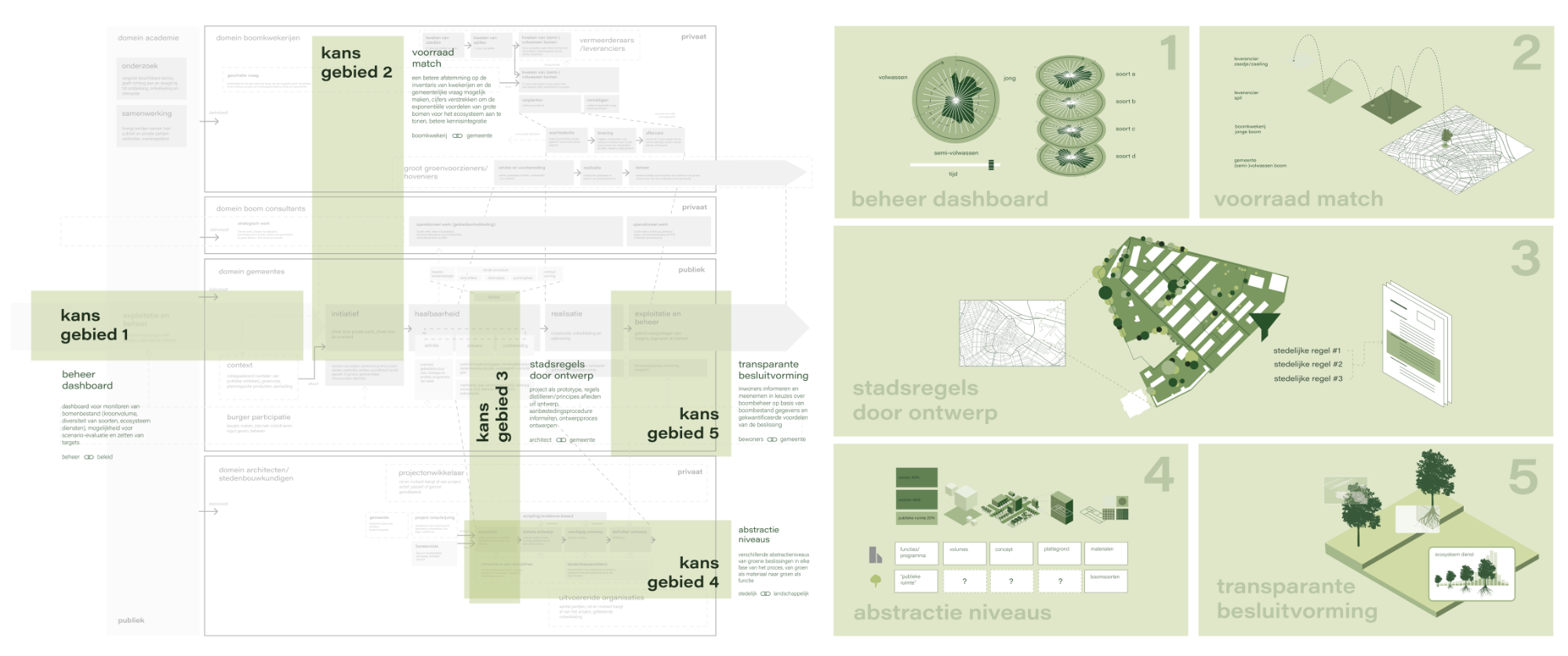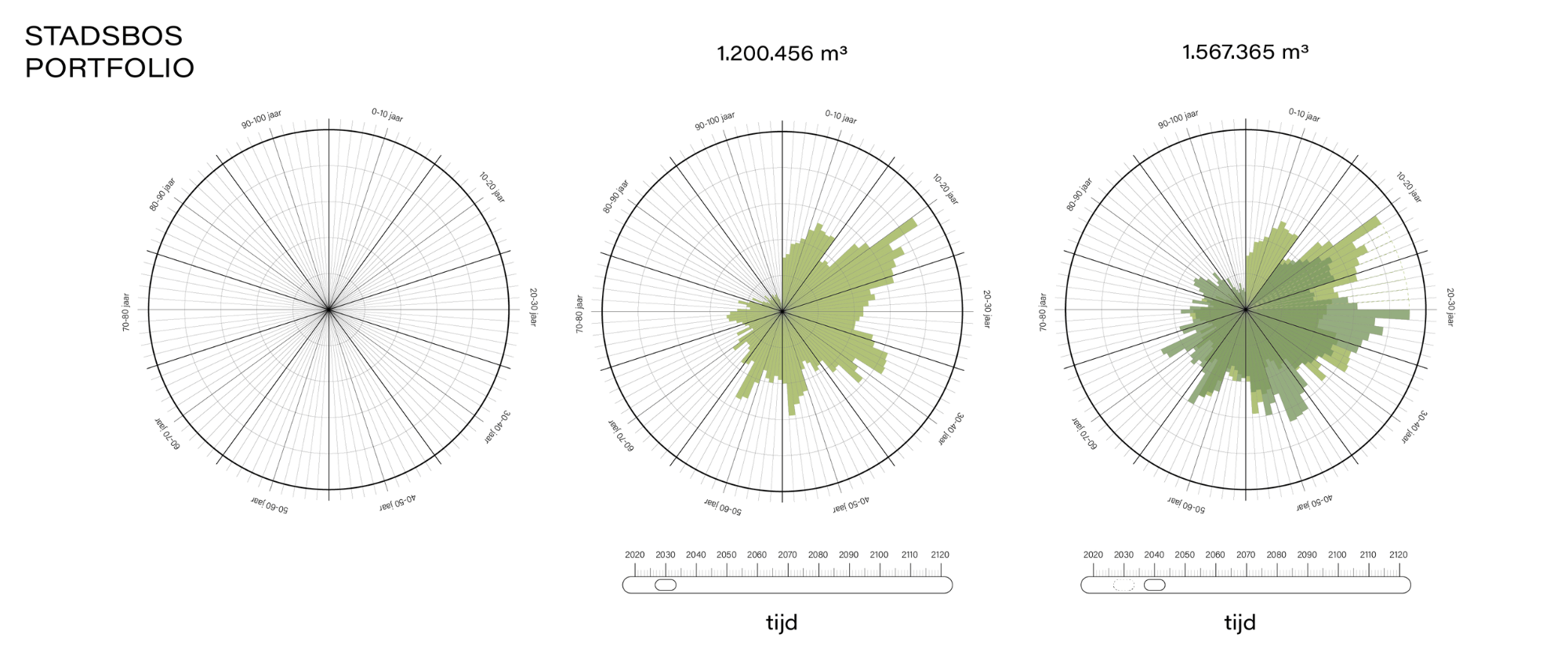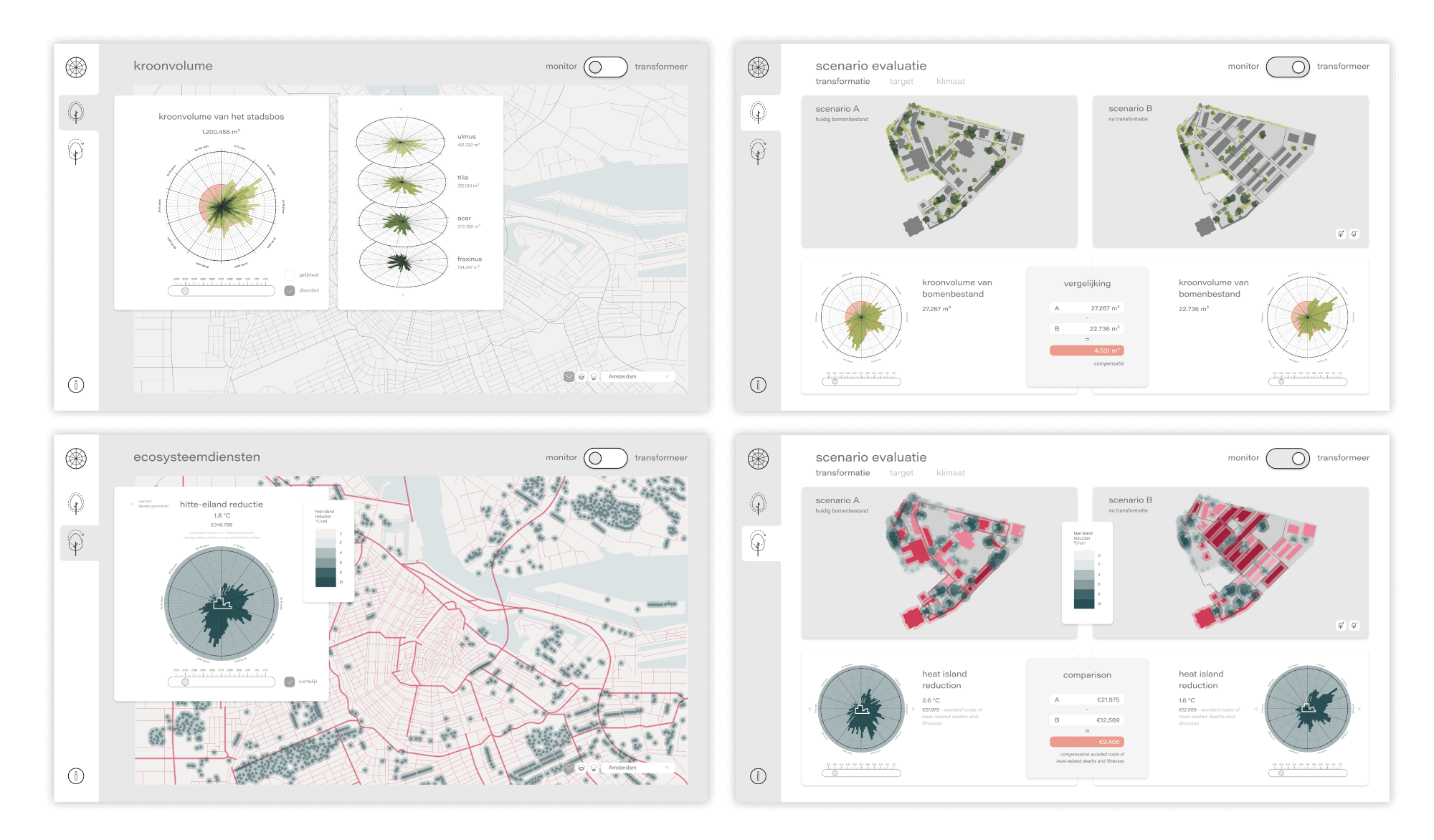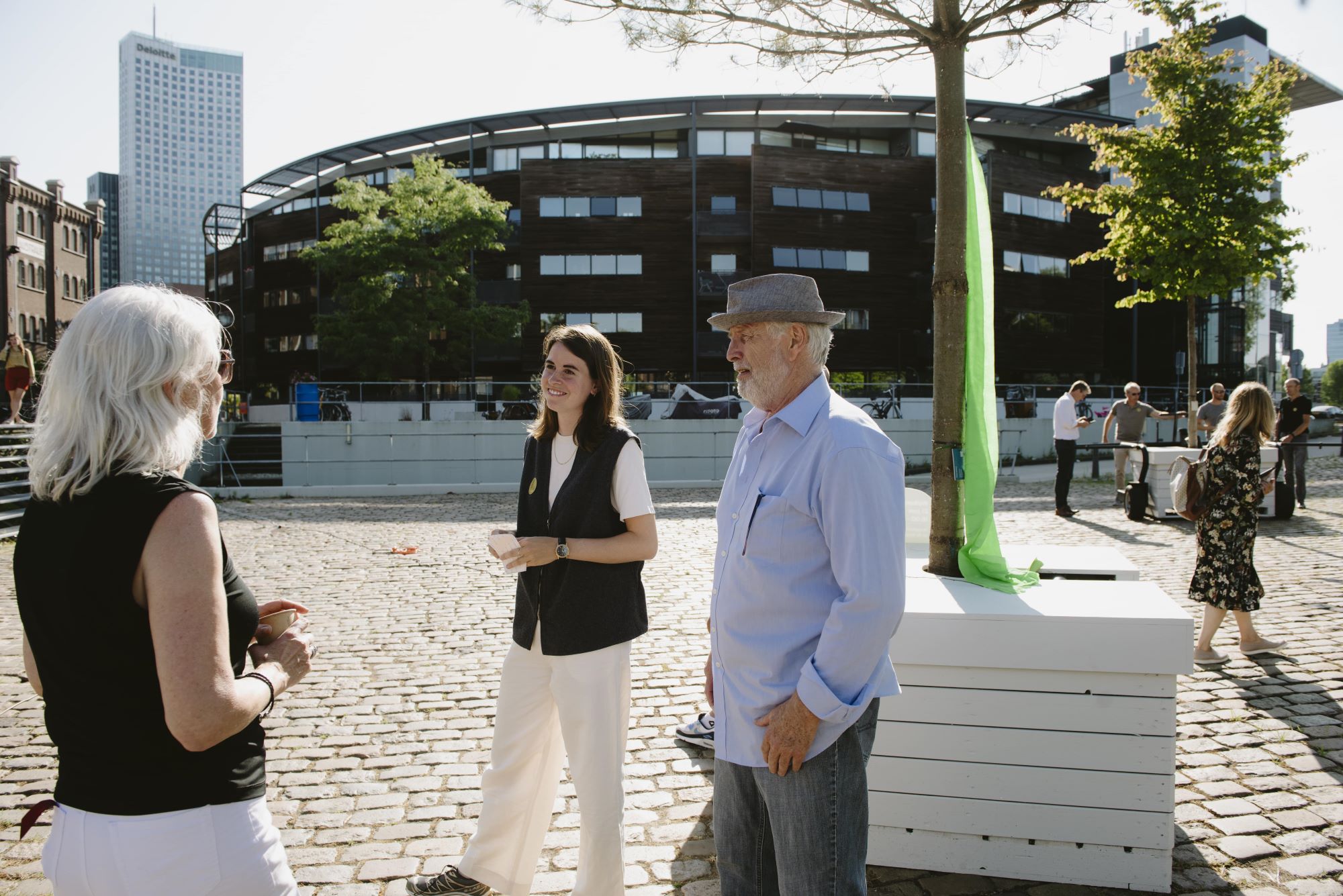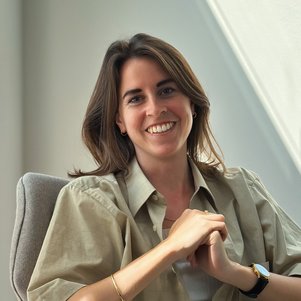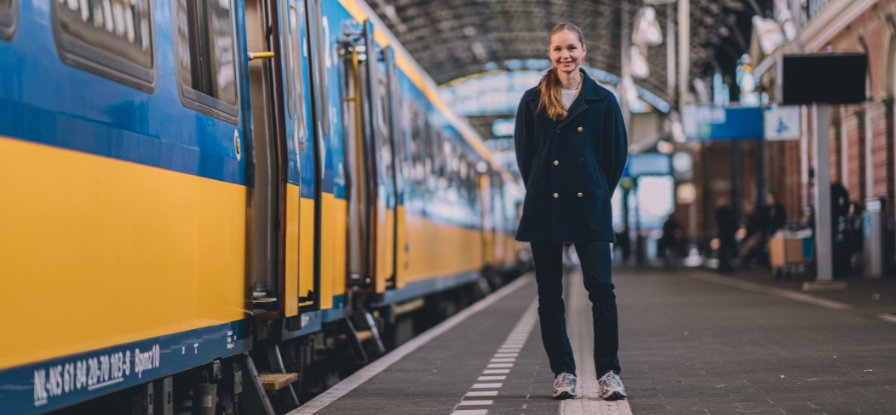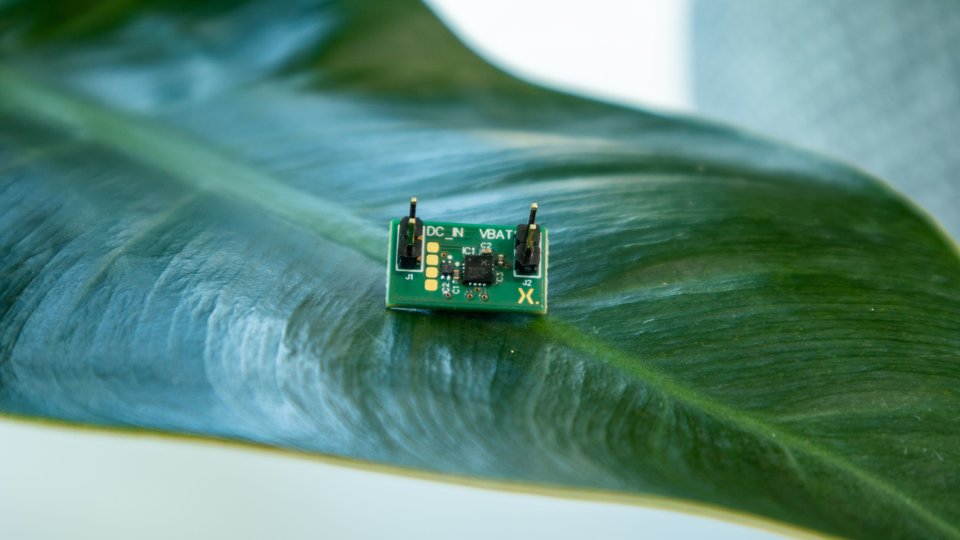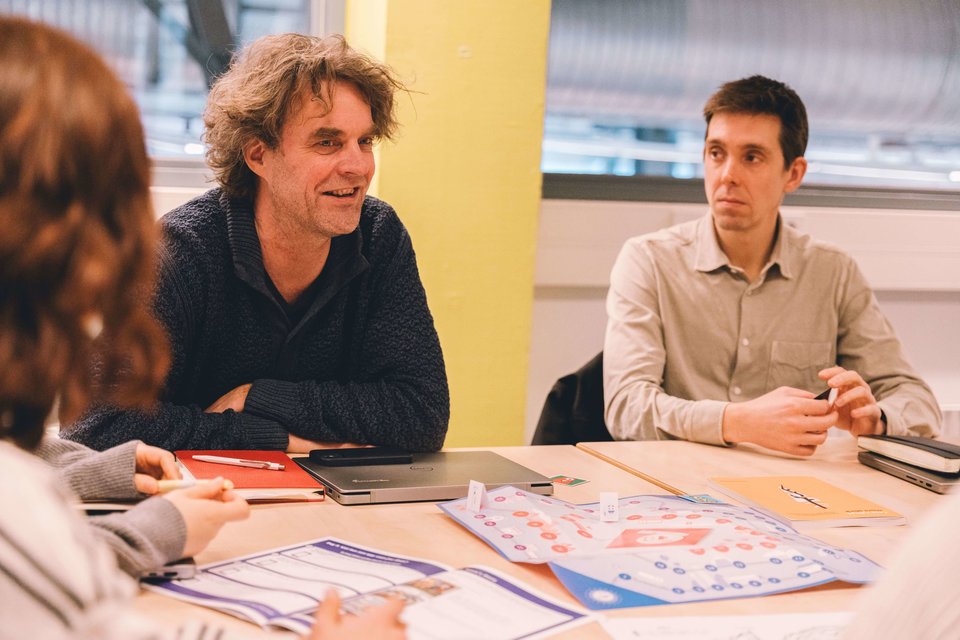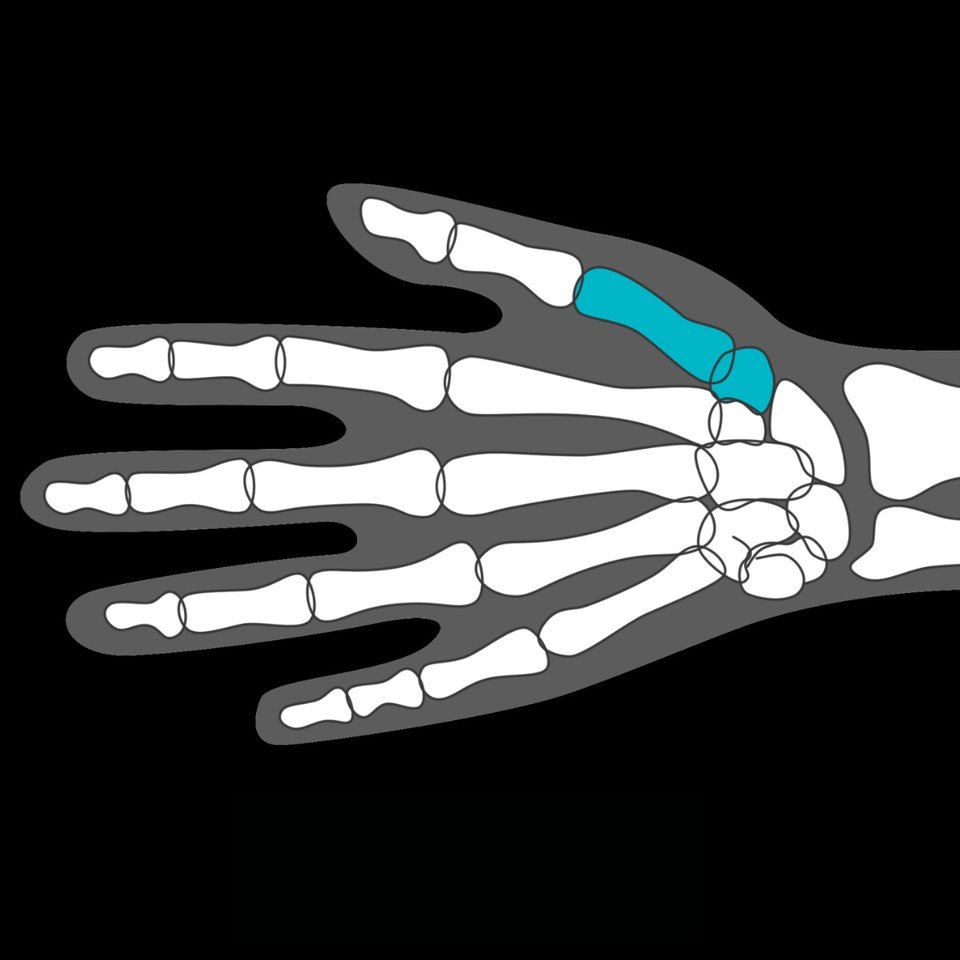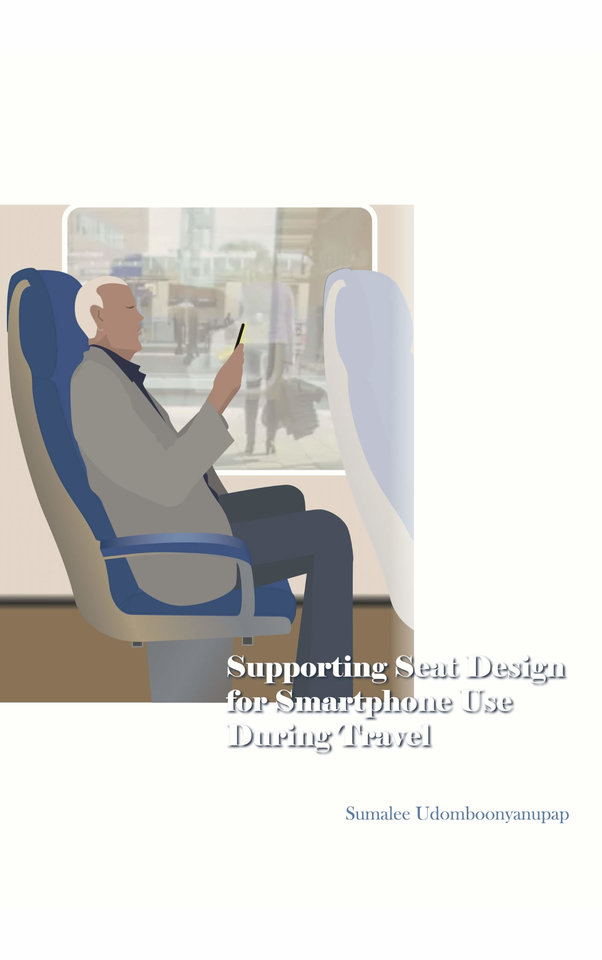Dashboard sparks the growth of urban greenery
Greenery makes cities more liveable. But how do you ensure urban greenery flourishes? Sanne Keizer devoted her graduation project to unearthing this answer, and in doing so designed a dashboard that monitors and predicts the evolution of urban greenery. "Urban greening needs more than a four-year policy period to be flourish," she says. Sanne’s project received a perfect score.
Sanne Keizer recently graduated from the TU Delft | Faculty of Industrial Design Engineering’s Master’s in Strategic Product Design (SPD) programme. During which she had the chance to attend lectures by IDE Assistant Professor Rebecca Price. "Rebecca is very good at making stories compelling. Her views on design are also very interesting. I knew I wanted to graduate with her help."
Quantifying the value of trees
Rebecca Price told Sanne about the i-Tree project, which aims to put the value of urban trees on the political agenda. The project’s software, developed by the USDA Forest Service in 2006, helps quantify the ecosystem services provided by trees, such as shade, clean air, water retention.
"In 2019, the first version of the i-Tree project went live in the Netherlands," explains Sanne. "Then in 2021, the three-year follow-up project, i-Tree 2.0-NL, kicked off (sponsored by CLICK.NL). The project consists of a consortium of 28 stakeholders, including municipalities, knowledge institutions, tree growers, tree consultancy firms, and urban planners working together to improve the software for the Dutch context."
"My assignment was to map the dynamics between these stakeholders and to find synergies. Based on dozens of interviews and a number of co-creation sessions, I developed a process flow that included the role of each stakeholder in the process.
From there, I distilled five opportunity areas to boost collaboration between the stakeholders through the use of the i-Tree software. I chose to focus on the Urban Forest Portfolio, because it has the greatest potential impact. It can also be used as a starting point in realising the other opportunities."
Urban Forest Portfolio
The Urban Forest Portfolio dashboard illustrates how green spaces evolve over a longer period of time. "At the moment green planning is missing this crucial time dimension," says Sanne. "Policy periods don't exceed four years, which isn’t long enough for trees to develop. The Urban Forest Portfolio monitors both the life cycle and ecosystem services of trees at municipality and street level. It provides insights into species diversity, the ambition set, and also the equality of distribution across a given area.
In addition, the dashboard compares trees in different urban scenarios, for example before and after an area development. By subtracting the crown volume of both situations, it becomes clear whether greenery was added or needs to be compensated."
Towards a new paradigm
Sanne hopes to initiate a paradigm shift with this tool. "i-Tree is a good start. But to really treat the urban forest as critical infrastructure, as blue (water) and grey (roads, buildings) infrastructure are today, more is needed. I developed some proposals for this."
"For instance, we need to move away from wanting to 'tame the wild'. That is unsustainable. Nature deserves a voice in economic, social, and political decision making. In addition, we should not isolate greenery. We must evolve towards a city where ecological systems have the opportunity to connect with each other. A city where not only humans take centre stage, but also other organisms. In other words, a 'wood-wibe-web'. Additionally, there is a weak distribution in terms of access to urban green space. The correlation between access to green space and income is high. We need to swing the pendulum towards a more inclusive urban landscape. I know my proposals are speculative, they are mainly meant to inspire, to ask questions."
Towards a new venture
It was clear that Sanne's graduation project accelerated her ambitions. Five years ago, she founded the design agency Komovo with fellow students Ties Schotel and Jesse Geurtsen. "With Komovo, we design for system change, not only within the physical environment, but also within healthcare and for the relationship between government and citizens. For example, we are developing a networking programme for the elderly and we have mapped the future of work for civil servant."

Sanne’s work on the i-Tree project is still ongoing. "We are working on the Bos op Poten project in Rotterdam, together with Rebecca Price. Here we explore and strengthen the relationship between forests and neighbourhoods by using a mobile forest with different set-ups and purposes. We are also exploring the further development of the i-Tree dashboard and exploring ways to create a national government body for greenery. Thus, we are working on the future green city on three levels, from concrete neighbourhood level to national scale.”


